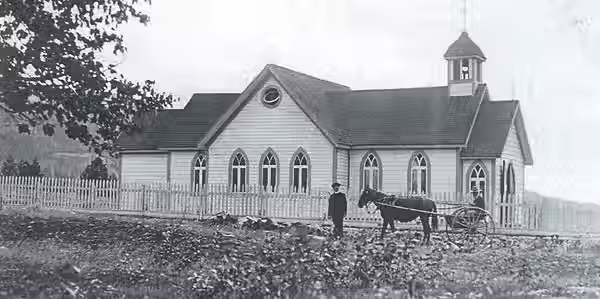Stocks Photography Gallery
- SS Sicamous
- Aug 1, 2022
- 3 min read
Updated: Nov 13, 2023

Today, when we want to take a picture we pick up our phone, aim it, touch the screen, and have a photo for friends around the world to see, all in the space of a minute or two. If it didn't turn out, we just take two or three more to get it right. In the early 1900's it wasn't quite so simple.
One hundred years ago professional photographers had to check the light meter; set the aperture correctly; know how to focus the camera lens for the correct distance, and take the photo. Then they had to know their chemistry to weigh out the correct amount of chemicals to develop the film for the precise amount of time in a dark room. Then, and only then, could they produce the photo for anyone to see, and they hoped that their judgements of light, distance, and composition had been correct because they probably couldn't go back and re-do. The film, developing chemicals, and paper were most probably shipped across country to the photographer.
In our display room we have a few examples of products available for photographers. There were different types and sizes of film, various chemicals to use, a variety of options for developing film for photographers who travelled or didn't have dark room facilities in their studio, and many different kinds of photographic paper to print on. Their equipment was bulky, heavy, and often had to be transported for miles in the wilderness.
A gathering of a few incidental requirements - a range finder; light meter; instructions on how to use the mats and masks to create postcards; developing fluid, and a book on elementary photographic chemistry are among just a few of the supplies needed by a photographer in the early 1900's.
Just for fun, here are the first two pages of an 800 page booklet on "Photo-technique" (available through Cornell University) to give you an idea of the depth of knowledge required to be a photographer of the time.

Also, from the same booklet, a 'List of Tables' included, and "Darkroom Hints' including Antidotes to Poison. If you are interested in reading through the booklet, it is available as a pdf download when you search desensitol developer through Google. It is 800 pages.
Photographers in small town Canada were prized members of their community. Aside from being involved as ministers, teachers, scoutmaster or newspaper workers, they were busy recording the life history of the settlers in the area. Because of their work, we have pictures that show the progression of development of the country, and the life lived at the time. G.H.E. Hudson, Lumb Stocks, and his son Jack, have left an important historical record of the Okanagan Valley. Their footsteps have been followed by Ed Aldridge, Hugo Redivo and many others.
If you are interested in vintage photography, click through some of the links below. Read some of the discussion about whether photography was in the field of art or science, and see a few examples of early 19th Century experiments as technical advances were made. Khan Academy If you want something less philosophical and more hands on, check out this link to the Living Image Camera Museum http://licm.org.uk/ where you can browse specific vintage cameras as well as check out some workshops on camera restoration. And, if you are looking for local photos of the era, search through the B.C.Archives at the Royal B.C. Museum and Memory B.C. Use the links to explore to your heart's content!














Comments